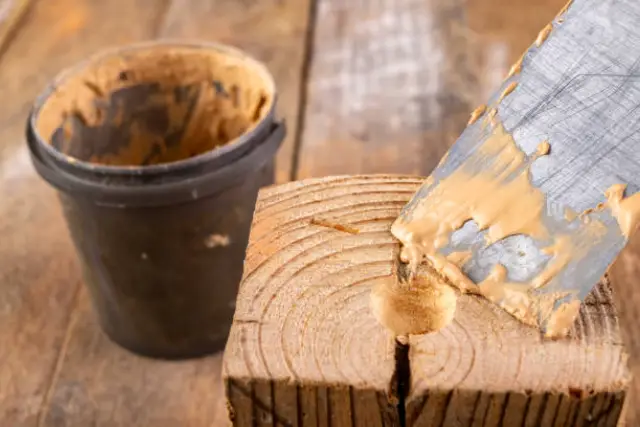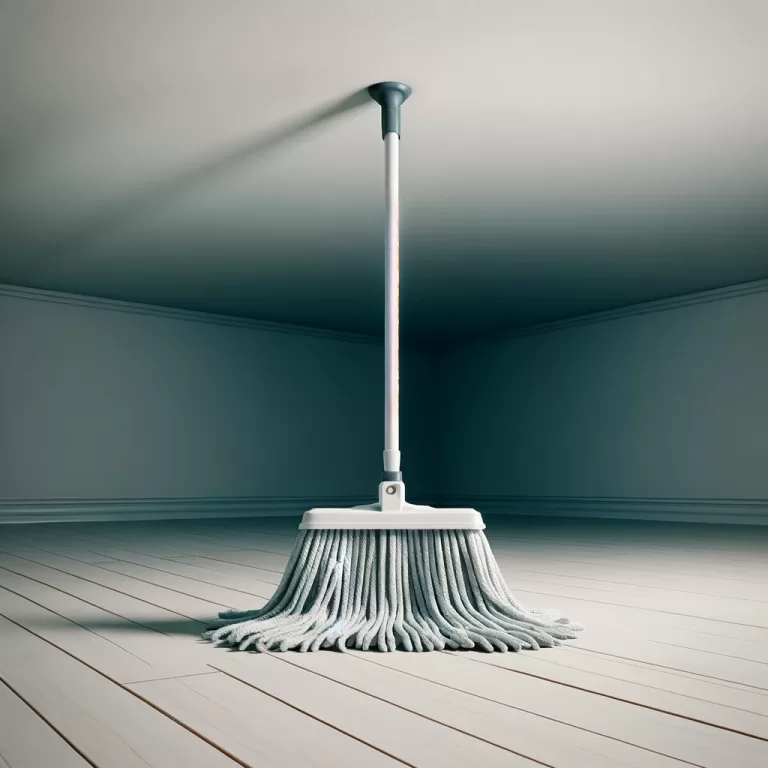How to Fill Large Holes in Wood: Expert Techniques, Tools, and Long-Lasting Solutions for Repairing and Restoring Damaged Wood Surfaces
Introduction
Filling large holes in wood can seem like a daunting task, especially if you’re dealing with structural damage, aging wood, or antique furniture. Whether it’s a DIY project or professional repair, knowing how to fill large holes in wood is essential for restoring surfaces to their original condition. From fixing old wooden furniture to repairing doors, floors, or other wooden structures, this article will guide you through the process step-by-step.
In this comprehensive guide, we will explore expert techniques, the best tools for the job, and provide you with long-lasting solutions that ensure your wood repairs are durable and nearly invisible. By following this advice, you can restore beauty and strength to any wooden surface, no matter how severe the damage.

1. Understanding Wood Damage: Causes and Types of Holes
Before diving into the methods for filling large holes in wood, it’s essential to understand the nature of wood damage. Holes in wood can vary in size and severity, depending on the cause and the type of wood being repaired.
Types of Holes in Wood
- Nail and Screw Holes: These are small but common in many woodworking projects and require minor repairs. However, repeated nails or screws in the same area can cause larger holes over time.
- Rotten Wood Holes: Often caused by moisture damage, these holes may appear in older wooden structures. They require a different approach than basic surface repairs since the rot must be removed before any filler is applied.
- Knots and Natural Defects: Knots in wood may fall out or crack, leaving large holes that need filling. These natural defects can be challenging to repair seamlessly.
- Accidental Damage: Whether from furniture being dragged, tools falling, or pets scratching, accidental damage can lead to gouges, cracks, or even chunks of wood missing from the surface.
Common Causes of Wood Damage
Several factors contribute to the formation of holes in wood, including:
- Moisture Exposure: Water is one of the most common causes of wood damage, leading to swelling, rot, and holes. This is especially prevalent in exterior wood surfaces.
- Wear and Tear: Over time, wood surfaces subjected to constant use, such as flooring or doorways, may develop holes or cracks as the fibers break down.
- Pests: Termites, wood borers, and other insects can create holes in wood, compromising its structural integrity.
Importance of Proper Wood Repair
Neglecting to fill large holes in wood can lead to further damage. Unaddressed holes allow moisture, pests, and other destructive elements to penetrate deeper into the wood. For structural wood, such as beams or joists, failing to repair holes could even lead to safety hazards.
2. Tools and Materials Needed for Filling Large Holes in Wood
Repairing large holes in wood requires the right tools and materials to ensure a smooth and durable finish. Depending on the size and location of the hole, different products and techniques may be required.

Best Wood Fillers for Large Holes
- Epoxy Wood Filler: Epoxy is one of the strongest materials for repairing large holes in wood. It bonds well, is durable, and can be sanded, stained, or painted to match the surrounding surface.
- Polyester Resin: Polyester resins are often used for larger repairs, especially in furniture restoration. They harden quickly and are resistant to moisture, making them ideal for both indoor and outdoor repairs.
- Wood Putty: While typically used for smaller holes, certain types of wood putty are flexible and can be applied in layers to fill larger gaps.
- Water-Based Wood Fillers: These are ideal for non-structural repairs. They are easy to work with and offer a smooth finish but may not be as durable as epoxy or polyester resin for significant repairs.
Essential Tools for Wood Repair
- Putty Knife or Spatula: These tools help you apply the filler smoothly and ensure it is packed tightly into the hole.
- Sanding Tools (Sandpaper or Orbital Sander): Sanding is essential to achieve a smooth, even surface after the filler has dried.
- Wood Chisel: Use a wood chisel to remove any rotted or damaged wood before applying the filler.
- Drill and Dowels (for Structural Repairs): When repairing large structural holes, inserting dowels may be necessary to strengthen the wood.
Specialized Products for Specific Types of Wood Damage
- Wood Hardener: If you are dealing with rotted wood, a wood hardener can be applied before the filler to reinforce the area and prevent further decay.
- Stainable or Paintable Wood Fillers: For aesthetic repairs, use fillers that can be stained or painted to blend in with the surrounding wood.
3. Step-by-Step Guide to Filling Large Holes in Wood
Now that you have the necessary tools and materials, it’s time to begin the repair process. Follow these steps to ensure a professional and lasting result.

Preparing the Surface for Filling
- Clean the Area: Remove any loose debris, dust, or dirt from the hole. Use a vacuum or brush to ensure the surface is clean.
- Remove Rotten Wood: If the hole is the result of wood rot, use a wood chisel or knife to carefully remove the rotted portions. This step is critical to prevent the decay from spreading.
- Apply Wood Hardener (if necessary): For areas affected by rot or weakened wood, apply a wood hardener to reinforce the area before filling.

Applying the Filler: Techniques for Different Materials
- Mix the Filler (if required): Some fillers, such as epoxy, require mixing before use. Follow the manufacturer’s instructions for the correct ratio.
- Apply the Filler: Using a putty knife or spatula, apply the filler to the hole, pressing it firmly to ensure there are no air pockets. For large holes, work in layers, allowing each layer to dry before adding the next.
- Overfill Slightly: Overfill the hole slightly so that when you sand it down, the filler is level with the surrounding wood.

Sanding and Smoothing for a Professional Finish
- Let the Filler Dry Completely: Allow the filler to dry according to the manufacturer’s instructions. This can take several hours or overnight.
- Sand the Area: Using fine-grit sandpaper (120 to 220 grit), sand the filled area until it is smooth and level with the surrounding wood. For larger repairs, a power sander may be necessary.
Staining and Painting the Repaired Area
- Stain or Paint the Surface: Once the repair is smooth, apply stain or paint to match the surrounding wood. Make sure to use a compatible stainable or paintable filler for the best results.
- Seal the Repair: To protect the wood and ensure the repair lasts, apply a clear wood sealer or finish after staining or painting.
4. Choosing the Right Filler for Different Types of Wood
Not all wood fillers are created equal. Selecting the right filler for your specific type of wood and the size of the hole is crucial for a durable and aesthetically pleasing repair.
Epoxy Wood Fillers: Strength and Durability
Epoxy fillers are known for their strength and are ideal for structural repairs or large holes in hardwood. They offer excellent adhesion, making them perfect for high-traffic areas or furniture that needs to bear weight.
- Pros: Strong, durable, can be shaped or sanded, moisture-resistant.
- Cons: Requires mixing, limited work time before it hardens.
Wood Putty vs. Wood Filler: Which to Use and When
Wood putty is a flexible material ideal for surface repairs, while wood filler hardens and is better for structural repairs.

- Use Wood Putty for small holes, such as nail holes or surface blemishes.
- Use Wood Filler for large, deep holes, especially in structural wood.
Polyester Resin for Larger Repairs
Polyester resin is often used in woodworking to repair large holes or areas where chunks of wood are missing. It hardens quickly and can be sanded to a smooth finish.
DIY Homemade Wood Fillers: When and How to Use Them
For smaller repairs or in a pinch, you can make your own wood filler by mixing sawdust with wood glue or epoxy. While this DIY method works well for minor repairs, it’s not recommended for large holes or structural repairs.
5. Repairing Structural Damage in Wood
Large holes in structural wood, such as beams, joists, or flooring, require additional reinforcement to ensure the integrity of the wood.
Reinforcing Large Holes in Wooden Beams and Joists
- Insert Dowels or Splints: For large holes in structural wood, insert wooden dowels or splints to strengthen the repair. Use wood glue to secure them in place before applying filler.
- Use Epoxy Filler: Apply epoxy filler over the dowels to bond everything together and ensure a strong repair.
Techniques for Repairing Antique and Delicate Woodwork
For delicate or antique wood furniture, use a light hand when removing damaged wood and filling holes. Consider consulting a professional to preserve the integrity of valuable antiques.
6. Long-Term Maintenance After Wood Repairs
Proper maintenance after filling large holes in wood is crucial to prevent future damage and ensure a long-lasting repair.

Preventing Future Damage and Rot
- Keep Wood Dry: Protect your wood surfaces from moisture by using water-resistant sealers and finishes.
- Inspect Regularly: Check for signs of new damage, especially in high-traffic areas or exterior wood.
Sealing and Protecting Wood to Extend Its Life
- Apply Protective Coatings: Use sealants, varnishes, or polyurethanes to protect wood from moisture, UV damage, and wear.
Regular Maintenance Tips for Wooden Surfaces
- Clean Regularly: Dust and clean wood surfaces frequently to prevent dirt from building up and causing damage over time.
- Reapply Finishes Periodically: Over time, wood finishes wear down. Reapply protective finishes every few years to maintain protection and appearance.
7. Frequently Asked Questions About Filling Large Holes in Wood
Q: Can I fill large holes in rotted wood?
Yes, but you must first remove the rotted wood and apply a wood hardener before filling the hole with an epoxy or polyester resin filler.
Q: What is the strongest filler for large wood repairs?
Epoxy fillers are considered the strongest and most durable option for large wood repairs.
Q: Can wood filler be stained to match the surrounding wood?
Yes, but not all wood fillers accept stain well. Look for stainable wood fillers and test the color match before applying to the repair.
8. Conclusion
Filling large holes in wood is a critical skill for anyone who works with or maintains wooden structures, furniture, or flooring. Whether you’re dealing with accidental damage, wear and tear, or wood rot, knowing how to properly repair these issues can save you time and money, while also preserving the aesthetic and structural integrity of your wood surfaces.
By following the expert techniques outlined in this guide—choosing the right filler, applying it correctly, and maintaining the wood afterward—you can achieve professional, long-lasting repairs that will keep your wood looking beautiful and strong for years to come.





